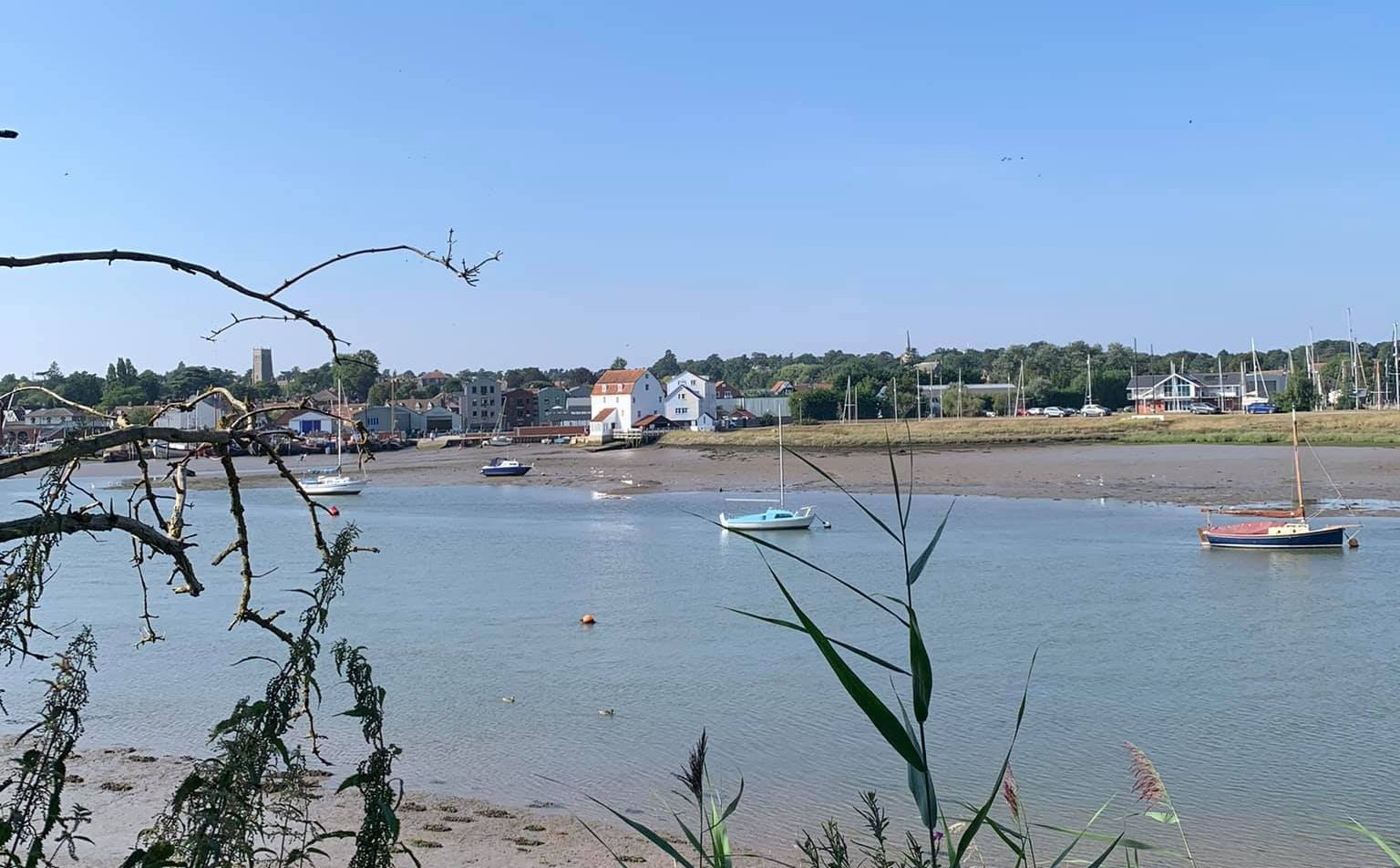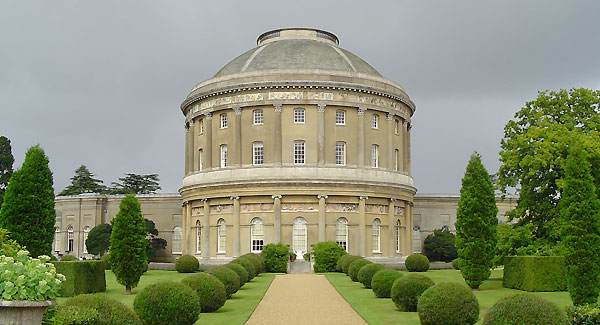| Felixstowe lays at the coastal tip of a flat peninsula bordered by the Rivers Deben and Orwell and the North Sea. The peninsula includes wide expanses of farmland, beautiful countryside which is dotted with pretty villages on the banks of the rivers these include, Nacton, Levington and Waldringfield.
The seafront gardens have won many awards including the Britain in Bloom contest. Although the town still retains it’s Edwardian charm it is also home to a modern leisure centre, watersports facilities, small funfair, arcades and a traditional seaside pier – in fact everything that you would expect from a busy seaside holiday resort. There is a thriving theatre (the Spa Pavilion) and a wide range of places to stay to suit all tastes, from holiday parks and traditional guest houses through to the luxurious hotels. The town centre plays host to a wide range of restaurants and shops situated along its pedestrianised high street. Many noteworthy events take place in the town not least the annual Ipswich to Felixstowe Car Rally (usually May Bank Holiday Weekend). Cars and other vehicles assemble in Christchurch Park, in nearby Ipswich, early on a Sunday morning before making their way in convoy to Felixstowe and a fantastic line-up on the seafront. |
History of Felixstowe
In Roman times the cliffs at Felixstowe stretched out to sea for a further mile and it was here just south of the River Deben estuary, that the Romans built Walton Castle. The castle has long since disappeared, some of its stone being used for building.
For ten centuries there was little at Felixstowe except for a few houses on the clifftop and the church at Old Felixstowe.
Much of Felixstowe’s history centres around the defence of the country. In 1338, Edward III used the long creek, now known as Kingsfleet, to assemble his fleet before setting off to battle with the French.
Landguard Fort marks the spot where England was last invaded, in 1667.
In the early 19th Century England feared invasion from Napoleon’s forces and forts known as Martello towers were built up the east coast, four of these can still be seen.
It was in the second half of the 19th Century that Felixstowe began its rapid growth. Two factors caused this and continue to do so to this day, the creation of the port in 1886 and tourism. In 1891 the Empress of Germany visited the area and the small clifftop village began its transformation into fashionable and desirable seaside resort.
THING TO DO:
| SUNDAY MARKET – Every Sunday and Bank Holiday Monday’s as well. At Mannings Funfair and the adjacent car park.
FELIXSTOWE MUSEUM – Leave your car on the car park at the Viewpoint and head for the Felixstowe Museum (just a few minutes walk away) and learn of Felixstowe’s past. LANDGUARD FORT which is next door to the Museum. Based in a Napoleonic Martello Tower (one of many dotted up the East Anglian Coast). Staffed by volunteers with funding from National Heritage. Highly recommended is the audio tour included in the admission price. Superb views over the water from the look out posts. (Allow at least 1-2 hours to tour the complete Fort). Excellent value for money. |
|

 A thriving town, Felixstowe welcomes visitors from home and abroad, it is well-served by road, rail and sea. The town is also home to Britain’s biggest and busiest container terminal, Felixstowe also has five-miles of coastline which features one of the country’s most important coastal nature reserves. Heading north along the cliff tops, the road meanders through the town’s golf course and leads to the mouth of the River Deben and Old Felixstowe a reminder of the town’s early beginnings.
A thriving town, Felixstowe welcomes visitors from home and abroad, it is well-served by road, rail and sea. The town is also home to Britain’s biggest and busiest container terminal, Felixstowe also has five-miles of coastline which features one of the country’s most important coastal nature reserves. Heading north along the cliff tops, the road meanders through the town’s golf course and leads to the mouth of the River Deben and Old Felixstowe a reminder of the town’s early beginnings. WATCH THE FERRIES and container-ships. South of the town follow Viewpoint Road, past the Customs HQ on your right and Landguard Fort on your left. Large FREE car park with excellent views across to Shotley and Harwich. There is a small snack bar offering burgers, sandwiches and teas and on the side of the building a timetable of expected vessels for the day.
WATCH THE FERRIES and container-ships. South of the town follow Viewpoint Road, past the Customs HQ on your right and Landguard Fort on your left. Large FREE car park with excellent views across to Shotley and Harwich. There is a small snack bar offering burgers, sandwiches and teas and on the side of the building a timetable of expected vessels for the day.
